From 1985 to 1987, a timid and well-trusted doctor committed horrific acts against the very patients who trusted him with their lives. Society places a great deal of trust in medical professionals, but in this tragic case, patients in vulnerable conditions lost their lives unnecessarily—all for one man’s desire for attention. Today’s criminal case is about Richard Angelo, also known as the “Angel of Death.”
Richard Angelo’s Early Life
Richard Angelo was born on August 29, 1962, in West Islip, New York. West Islip is a census-designated place, not a city or borough, but a specifically designated area of New York used for population counting purposes. Richard was an only child, born to Joseph and Alice Angelo.
While being an only child often means receiving a lot of attention, Richard’s upbringing was different. His parents, both educators, were too busy to provide much attention. Richard had to fend for himself, completing tasks on his own without receiving praise. His father was a high school guidance counselor, and his mother taught home economics. When she was home, she was busy with household chores and reading. It wasn’t a terrible upbringing; his family wasn’t poor, and they engaged in occasional family activities. However, Richard deeply craved the attention he wasn’t getting.
The Desire for Recognition
To the outside world, Richard’s life seemed fine. Neighbors described him and his family as nice people. Richard himself was quiet and didn’t seem to harbor any evil intentions. He was focused on his education and kept to himself, rarely interacting with others. In 1980, Richard graduated from Saint John the Baptist Catholic High School and attended the State University of Stony Brook for two years.
A crucial moment in Richard’s life came when he was accepted into a two-year nursing program at Farmingdale. He remained introverted during his early college years, but his dedication to his studies earned him a place on the Dean’s List every semester. In 1985, he graduated in good standing.
The Start of a Dark Career
After graduation, Richard secured a job as a registered nurse in the burn unit at Nassau County Medical Center in East Meadow. However, he never felt comfortable in his position and frequently switched jobs, hopping between medical centers in the Long Island area. After a year at Nassau County, he went to Brunswick in Amityville, Long Island—a place with its dark history. Despite knowing everyone, Richard still felt uncomfortable and socially inadequate. His parents even suggested he move to Florida with them, but after three months, Richard returned to Long Island, eventually landing a job at Good Samaritan Hospital in Suffern, New York.
At Good Samaritan, Richard worked the graveyard shift in the Intensive Care Unit. His calm demeanor made him well-suited for handling high-stress situations, and people relied on him. However, this trust became a burden for Richard. As he worked hard and took on more responsibilities, he began to feel underappreciated. Though he never expressed his frustrations, inside, Richard craved recognition and praise.
A Deadly Plan
Richard’s craving for attention reached dangerous levels. He devised a plan to bring patients to the brink of death so he could heroically save them, earning the recognition he desperately wanted. He began injecting patients with drugs that pushed them to the edge, causing them to experience near-death events. Then, he would step in to “save” them, calling in his colleagues to witness his abilities.
Between 1985 and 1987, 37 code blue emergencies were called during Richard’s shifts—an unusually high number. Of the 37 patients he injected, only 12 survived to tell their story. Richard showed no remorse for those he couldn’t save. He saw himself as a savior, detaching himself from the reality of his actions.
The Use of Paralytic Drugs
Richard used Pavulon and Anectine, two powerful paralytic drugs. Pavulon is a form of anesthetic, and Anectine is a skeletal muscle relaxant. Together, they left patients unable to speak or move. Though the drugs numbed their pain, patients were fully aware they were dying but were powerless to communicate their distress to the nurses.
Diabolically, Richard would tell patients that he was giving them medication to make them feel better. In reality, the drugs were pushing them closer to death.
The Downfall of the “Angel of Death”
For two years, Richard operated undetected, taking breaks between his acts of horror to avoid suspicion. However, in 1987, his plan began to unravel. One night, while treating a patient named Mr. Kukich, Richard injected him with his usual concoction. Realizing something was wrong, Mr. Kukich, almost fully paralyzed, managed to press the panic button just before losing control of his body.
A nurse responded and, suspecting something was amiss, sent Mr. Kukich’s urine sample to the lab. The test results revealed the presence of Pavulon and Anectine—drugs that were not prescribed to him. This discovery led to Richard’s arrest.
The Investigation and Trial
Police raided Richard’s home and locker, finding ample evidence of his crimes, including numerous vials of the drugs he had used. Many of Richard’s victims were exhumed, and 10 of them tested positive for the drugs. Families who believed their loved ones had died naturally were devastated to learn that they may have been murdered.
During his trial, Richard’s lawyers attempted to argue that he suffered from a multiple personality disorder, suggesting that the person who committed these crimes was separate from the Richard everyone knew. Though a polygraph test seemed to support this, it was not admitted as evidence.
Read more: The Chilling Case of Stephen Wayne Anderson
Conviction and Sentencing
Richard Angelo, the “Angel of Death,” was convicted of multiple crimes, including two counts of depraved indifference murder, one count of second-degree manslaughter, one count of criminally negligent homicide, and six counts of assault. He was sentenced to 61 years to life in prison.
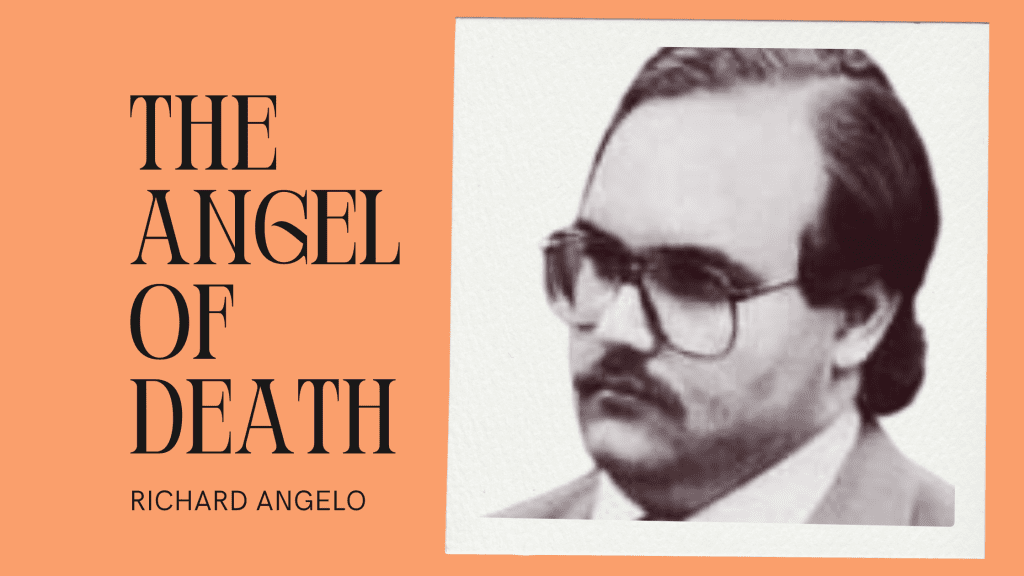
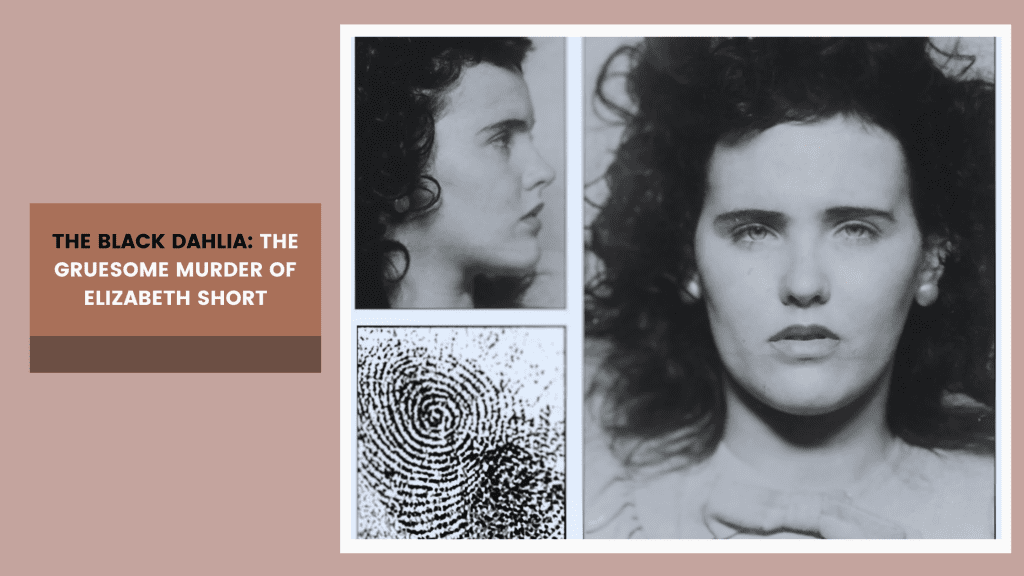
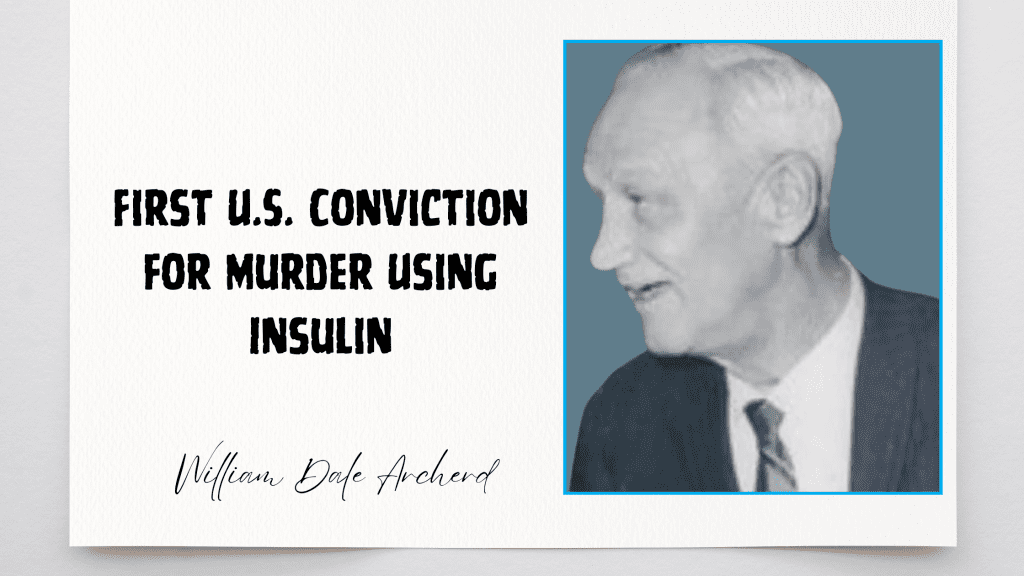
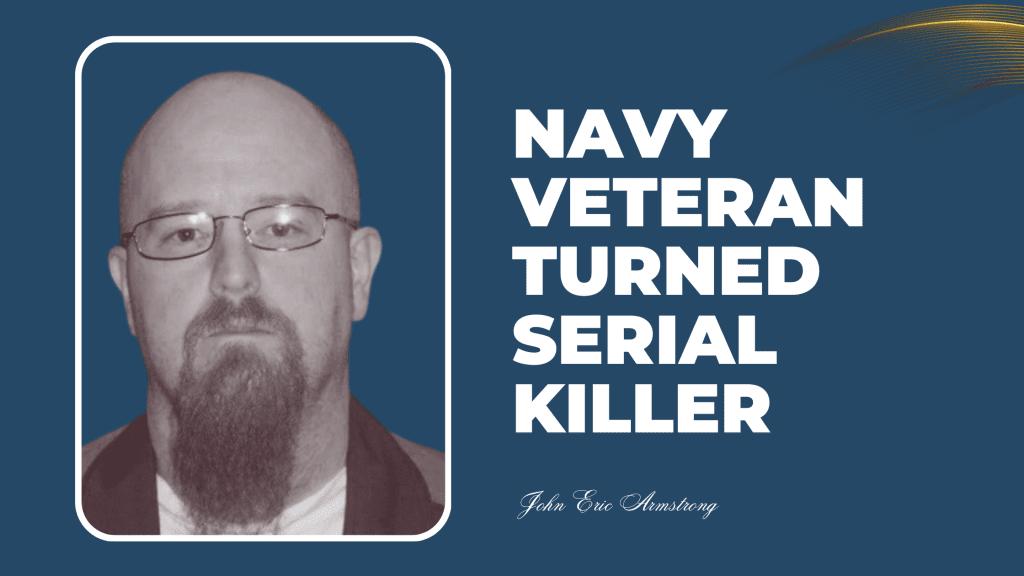
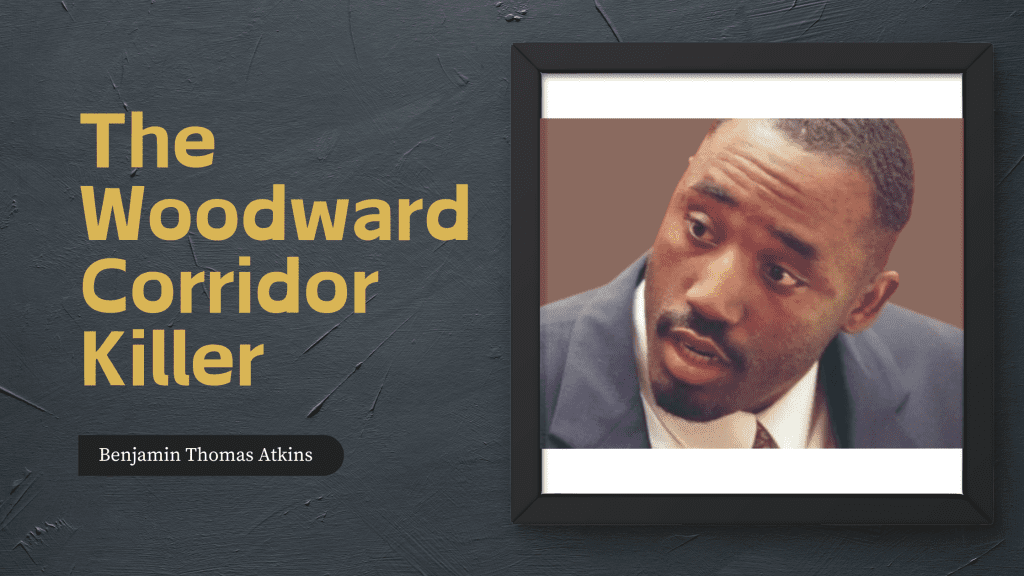
Pingback: William Dale Archerd: First U.S. Conviction for Murder Using Insulin